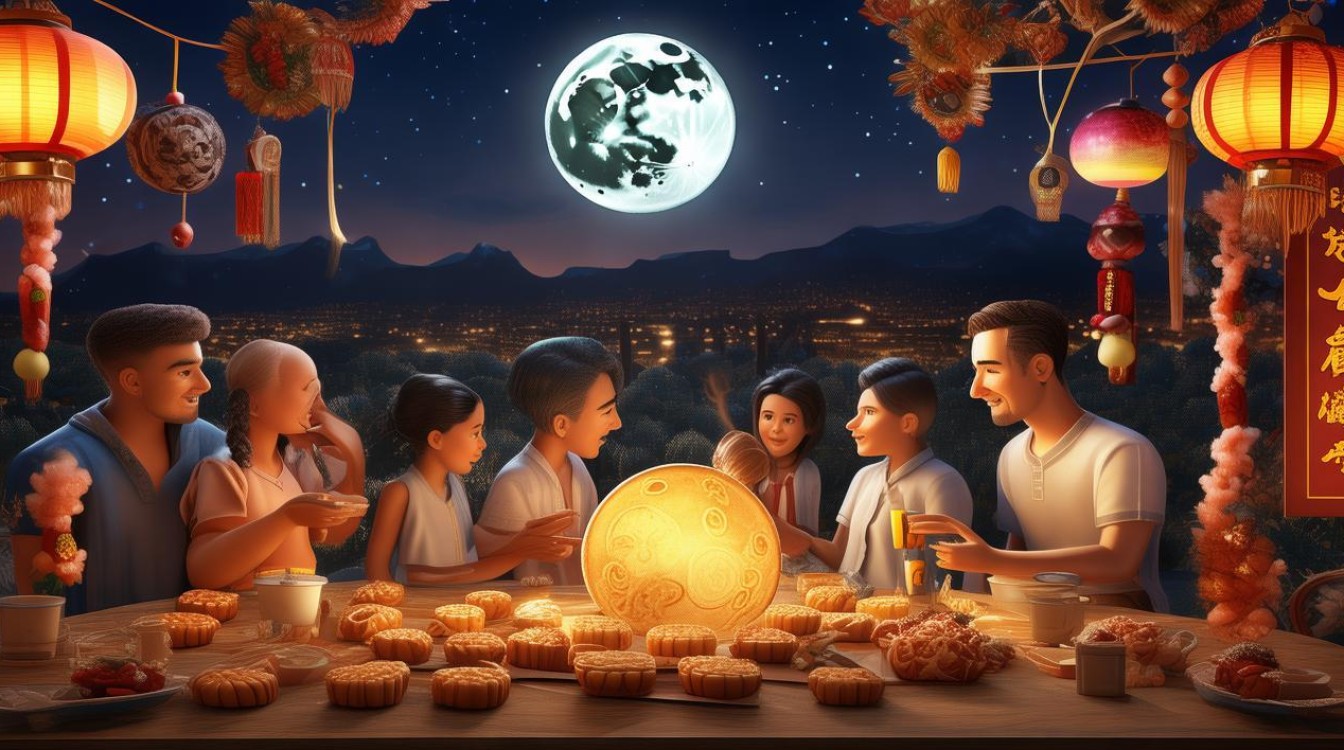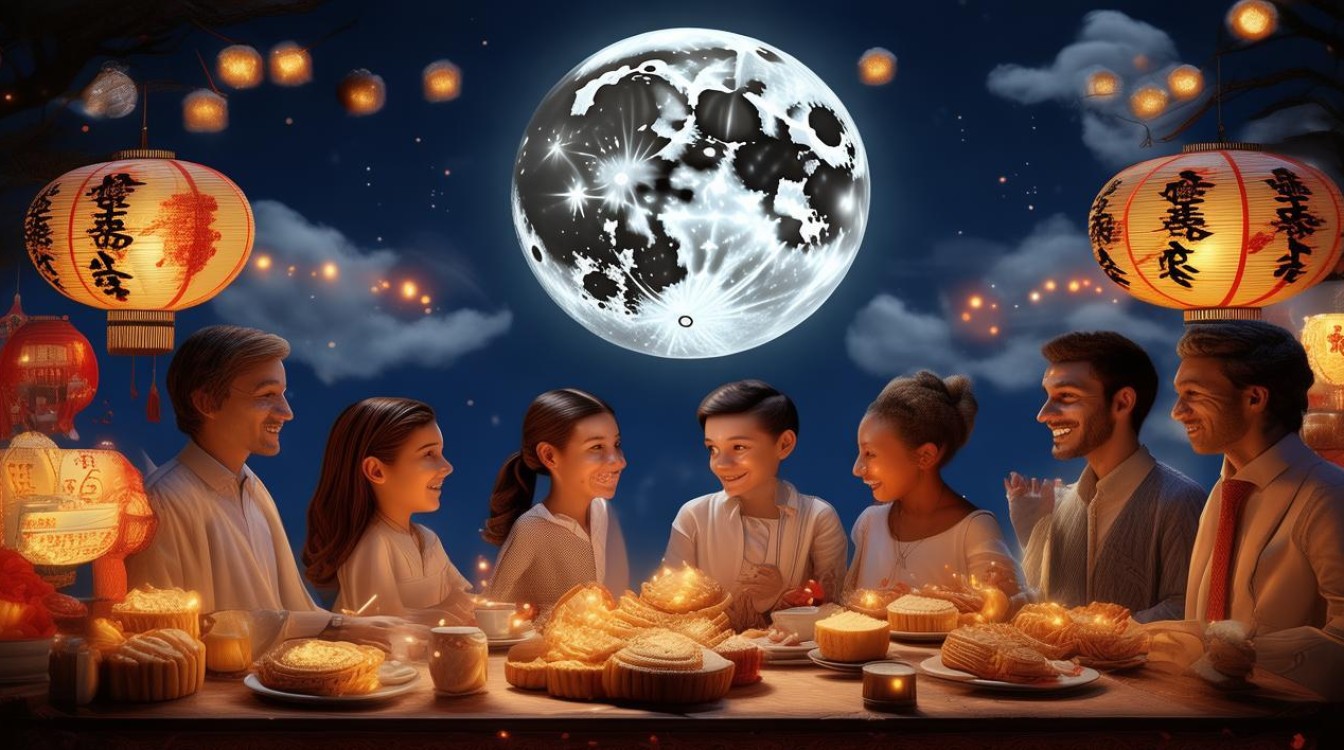
The Mid-Autumn Festival, known as 中秋节 (Zhōngqiū Jié) in Chinese, is a time-honored celebration deeply rooted in East Asian culture. For English learners or those curious about this festival, understanding key terms can enrich appreciation for its traditions. Below is a curated list of essential English vocabulary related to the Mid-Autumn Festival, along with cultural insights.

Core Festival Terms
- Mid-Autumn Festival: The official English name, reflecting its timing during the autumn equinox.
- Moon Festival: A poetic alternative, emphasizing the moon’s central role.
- Harvest Moon: The full moon nearest the autumn equinox, symbolizing abundance.
- Reunion (团圆, Tuányuán): The festival’s heart—families gathering under the moon.
Traditional Foods
- Mooncake (月饼, Yuèbǐng): The iconic pastry with sweet or savory fillings like lotus seed paste or salted egg yolk.
- Pomelo (柚子, Yòuzi): A fragrant fruit eaten for prosperity.
- Osmanthus Wine (桂花酒, Guìhuā jiǔ): A floral-infused drink tied to lunar legends.
Lunar Legends & Symbols
- Chang’e (嫦娥): The moon goddess, central to the festival’s mythology.
- Jade Rabbit (玉兔, Yùtù): A mythical rabbit said to pound elixirs on the moon.
- Lantern (灯笼, Dēnglóng): Symbolizing hope, often released or displayed.
Activities & Customs
- Moon Gazing (赏月, Shǎngyuè): Admiring the full moon’s beauty.
- Lantern Riddles (灯谜, Dēngmí): Puzzles written on lanterns for entertainment.
- Dragon Dance (舞龙, Wǔlóng): Performances in some regions to ward off misfortune.
Modern Celebrations
- Eco-Friendly Mooncakes: Sustainable versions with reduced packaging.
- Virtual Reunions: Video calls bridging distances for separated families.

